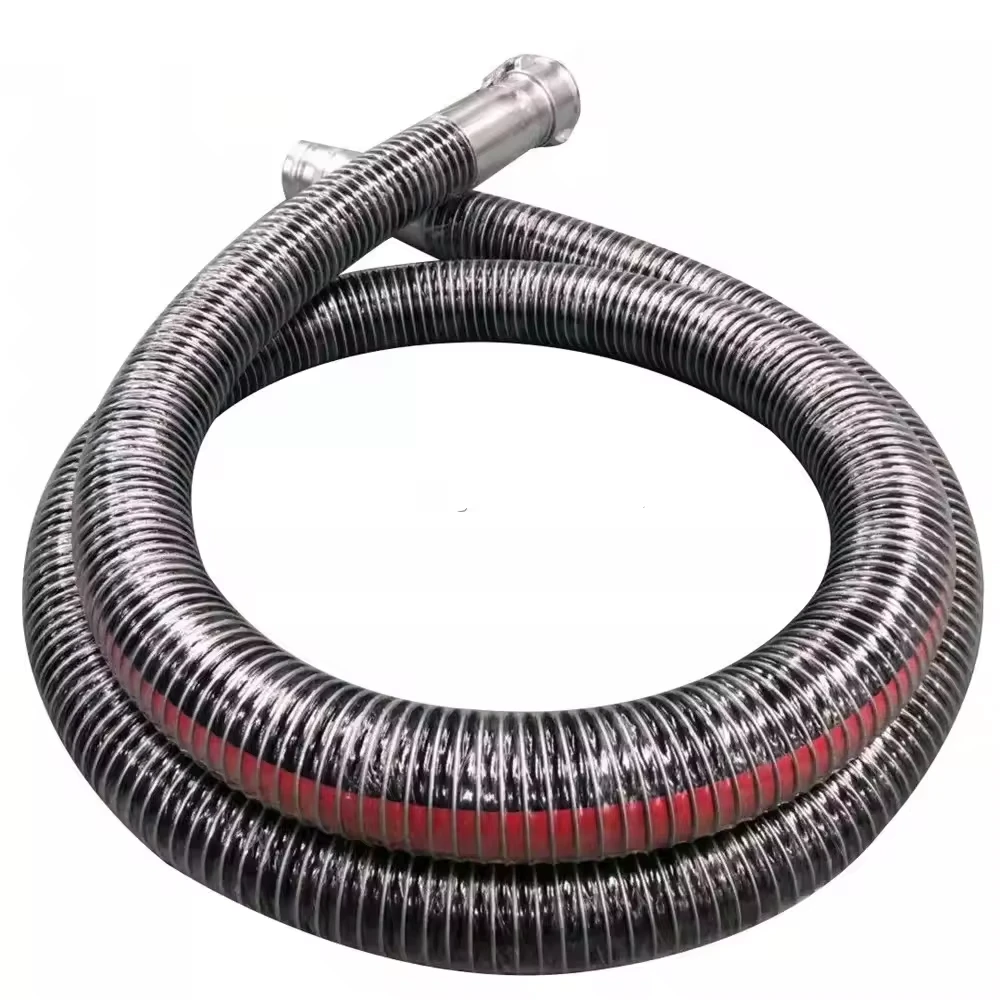
- Afrikaans
- Albanian
- Amharic
- Arabic
- Armenian
- Azerbaijani
- Basque
- Belarusian
- Bengali
- Bosnian
- Bulgarian
- Catalan
- Cebuano
- Corsican
- Croatian
- Czech
- Danish
- Dutch
- English
- Esperanto
- Estonian
- Finnish
- French
- Frisian
- Galician
- Georgian
- German
- Greek
- Gujarati
- haitian_creole
- hausa
- hawaiian
- Hebrew
- Hindi
- Miao
- Hungarian
- Icelandic
- igbo
- Indonesian
- irish
- Italian
- Japanese
- Javanese
- Kannada
- kazakh
- Khmer
- Rwandese
- Korean
- Kurdish
- Kyrgyz
- Lao
- Latin
- Latvian
- Lithuanian
- Luxembourgish
- Macedonian
- Malgashi
- Malay
- Malayalam
- Maltese
- Maori
- Marathi
- Mongolian
- Myanmar
- Nepali
- Norwegian
- Norwegian
- Occitan
- Pashto
- Persian
- Polish
- Portuguese
- Punjabi
- Romanian
- Russian
- Samoan
- scottish-gaelic
- Serbian
- Sesotho
- Shona
- Sindhi
- Sinhala
- Slovak
- Slovenian
- Somali
- Spanish
- Sundanese
- Swahili
- Swedish
- Tagalog
- Tajik
- Tamil
- Tatar
- Telugu
- Thai
- Turkish
- Turkmen
- Ukrainian
- Urdu
- Uighur
- Uzbek
- Vietnamese
- Welsh
- Bantu
- Yiddish
- Yoruba
- Zulu

Feb . 14, 2025 17:21 Back to list
hydraulic hose uses


Hydraulics also play a foundational role in aviation and marine applications. Within the aerospace sector, hydraulic hoses are used in landing gear systems, flight controls, and cargo doors. The expertise required in this field underscores stringent quality controls and precision engineering due to the critical nature of flight operations. In marine applications, hydraulic hoses operate steering mechanisms, stabilizers, and winches on ships and boats, demonstrating their utility in navigating challenging water-based environments. Hydraulic hoses are designed with safety in mind, considering the high-pressure environments they operate within. Professional assessments often recommend selecting hoses with pressure ratings that exceed system requirements by a margin of safety. Field experts advocate for regular inspections, emphasizing that any wear, damage, or leaks should be addressed immediately to prevent hazardous situations. The trust placed in these components is underpinned by adherence to industry standards and certifications, which serve as assurances of their reliability and performance. While the versatility and utility of hydraulic hoses cannot be overstated, the advancements in hydraulic technology continue to expand their applications. Innovations such as smart hydraulic systems incorporate sensors within hoses to monitor pressure, temperature, and flexion, providing real-time data to enhance predictive maintenance strategies. These modern systems are a testament to the dynamic nature of hydraulic technology, ushering in an era of increased efficiency and safety. The significance of hydraulic hoses across multiple applications is clear. They embody a blend of experience, expertise, authoritativeness, and trust, supported by robust engineering and constant innovation. As industries evolve, hydraulic hoses remain a critical component, pushing the boundaries of what can be achieved with fluid power. Proper selection, installation, and maintenance are crucial for businesses looking to leverage their capabilities fully, underscoring the importance of professional guidance and adherence to best practices.
Latest News
Steel Wire Reinforced Hydraulic Hose SAE 100 R1 / EN853 1SN S
NewsOct.17,2024
Two Layers Steel Wire Reinforced Hydraulic Hose SAE 100 R2 / EN853 2SN
NewsSep.03,2024
Textile Braid Reinforced Hydraulic Hose SAE100 R3+R6
NewsSep.03,2024
Textile Reinforced Hydraulic oil Suction Hose with embedded Steel Wire SAE 100 R4
NewsSep.03,2024
Single Wire Braid and Textile Covered Hydraulic Hose SAE 100 R5
NewsSep.03,2024
High Pressure Thermoplastic Hydraulic Hose SAE 100 R7 / EN855 R7 - SAE 100 R8 / EN855 R8
NewsSep.03,2024
Heavy Duty Four-layer Steel Wire Spiral Reinforced Hydraulic Hose SAE100R9+R10+R12
NewsSep.03,2024
Heavy Duty Multi-layer Steel Wire Reinforced Hydraulic Hose SAE100R13 SAE100R15
NewsSep.03,2024
Latest Products










